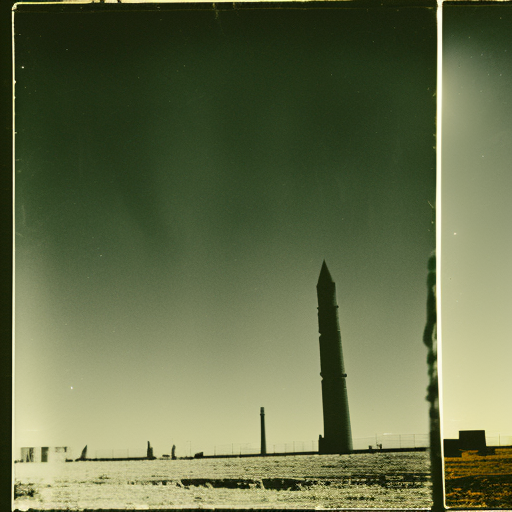Mesopotamian Campaign: A Summary
The Mesopotamian Campaign was a series of military operations that took place during World War I in the region of Mesopotamia, which is modern-day Iraq. The campaign was primarily fought between the British Empire and the Ottoman Empire, with the goal of securing control over the strategically important oil fields in the region and protecting British interests in the Middle East.
Background
At the outbreak of World War I, Mesopotamia was part of the Ottoman Empire. The British, however, saw the region as vital to their imperial interests, particularly because of its vast oil reserves. In 1914, the British launched an expedition to secure the oil fields in southern Mesopotamia, but their initial efforts were met with strong resistance from the Ottomans.
The Siege of Kut
One of the most significant events of the Mesopotamian Campaign was the Siege of Kut. In 1915, British forces under the command of General Charles Townshend attempted to capture the city of Kut-al-Amara, which was strategically located on the Tigris River. However, the Ottomans managed to surround the British forces and lay siege to the city. After a grueling five-month siege, during which the British suffered from disease, starvation, and heavy casualties, General Townshend was forced to surrender in April 1916. The surrender of Kut was a major blow to British prestige and a significant setback for their campaign in Mesopotamia.
The Battle of Ctesiphon
Another important battle in the Mesopotamian Campaign was the Battle of Ctesiphon. In November 1915, British forces launched an offensive against the Ottoman positions near the ancient city of Ctesiphon, just south of Baghdad. The British initially made gains but were eventually forced to retreat due to heavy Ottoman resistance. The battle resulted in heavy casualties on both sides and marked a turning point in the campaign, as the Ottomans were able to halt the British advance towards Baghdad.
The Fall of Baghdad
Despite setbacks, the British were determined to capture Baghdad, the capital of Mesopotamia. In March 1917, British forces launched a renewed offensive and successfully captured the city. The fall of Baghdad was a significant victory for the British and marked a turning point in the campaign. However, the British faced numerous challenges in maintaining control over the region, as they had to deal with ongoing resistance from the local population and continued Ottoman counterattacks.
Aftermath
The Mesopotamian Campaign continued until the end of World War I, with the British gradually expanding their control over the region. In 1919, the Ottoman Empire was defeated, and Mesopotamia came under British administration as the League of Nations Mandate of Mesopotamia. This marked the beginning of British colonial rule in Iraq, which lasted until Iraq gained independence in 1932.
Conclusion
The Mesopotamian Campaign was a significant theater of operations during World War I, with the British Empire seeking to secure control over Mesopotamia and its valuable oil resources. Despite facing numerous challenges and setbacks, the British eventually achieved their objective and established colonial rule in the region. The campaign had far-reaching consequences, shaping the future of Iraq and the Middle East as a whole.












